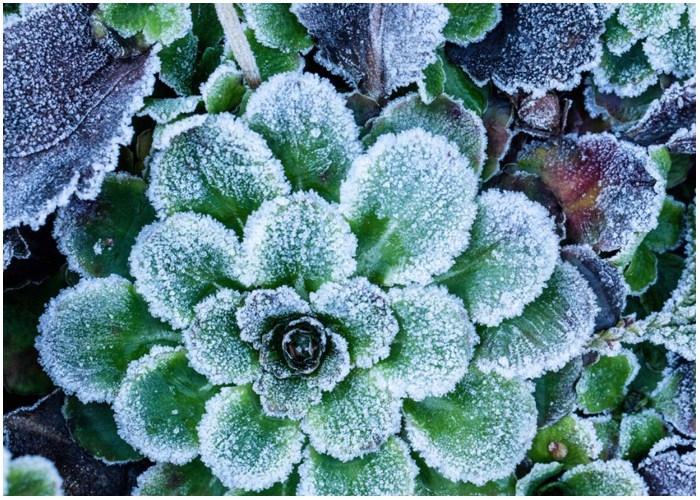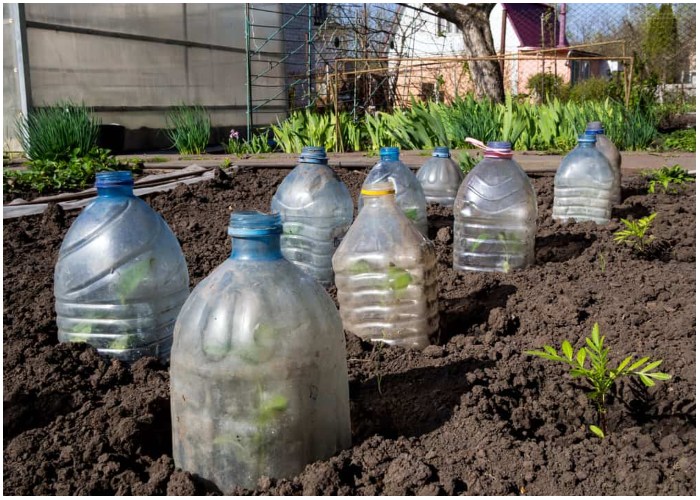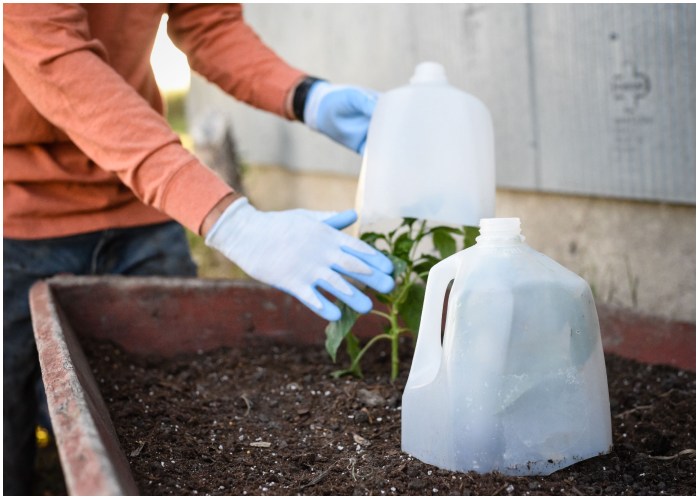Frost can be a gardener’s worst enemy, causing significant damage to plants and even ruining an entire season’s work if not properly managed. While some vegetables can withstand frosty conditions, others are highly susceptible, making it essential to know how to protect your garden. In this guide, we’ll cover the basics of frost protection, including which vegetables are most vulnerable, effective methods for shielding your plants, and how some crops can actually benefit from frost. With the right preparation and knowledge, you can ensure that your garden thrives, even when the temperature drops.
Know Your Frost Dates: Timing Is Everything
Understanding when frost is likely to occur in your area is the first step in protecting your garden. Frost dates vary based on location and are typically calculated as averages over many years of historical data. However, these dates are only guidelines and can differ based on microclimates within your yard. A light frost occurs when temperatures drop to 32°F or lower, which can be fatal for tender plants like tomatoes. In contrast, hardier plants such as kale and spinach can survive until temperatures reach a hard freeze at 28°F or below. To avoid the risk of losing your plants, it’s best to take precautions whenever temperatures near 38°F, as frost can still form at ground level.

Monitoring the Weather Forecast: Staying Ahead of the Frost
While frost dates provide a general idea, daily weather forecasts offer more precise information about when frost might strike. It’s important to pay attention to forecasted temperatures and prepare your garden if a drop is expected. The moisture level in the air also plays a critical role in frost formation. Condensation can produce heat, which may protect your plants, while dry air can lead to evaporation and a subsequent loss of heat. Typically, frost forms on clear, calm nights when the air is dry. By staying informed and ready, you can take the necessary steps to shield your garden from unexpected frost events.
Frost’s Impact on Vegetables: Understanding Tolerance Levels
Different vegetables have varying levels of frost tolerance. For example, root crops like carrots and beets develop more sugars as the temperature drops, improving their flavor. However, other vegetables like cucumbers and tomatoes are highly sensitive to frost and need protection. Frost resistance can be categorized into three groups: hardy vegetables that can endure freezing temperatures, frost-tolerant vegetables that survive light frosts, and tender vegetables that must be harvested or protected before frost hits. Knowing which category your crops fall into will help you determine how to manage them as the weather cools.
Effective Frost Protection Techniques: Shielding Your Garden
One of the most effective ways to protect plants from frost is by covering them with blankets, row covers, or other materials that trap heat. Row covers made from non-woven polyester are widely available and designed specifically for this purpose. Alternatively, you can use bed sheets or drop cloths, but avoid using plastic, which can cause condensation and damage plants. Drape covers loosely over plants to allow for air circulation and secure them with rocks or stakes to prevent them from touching the foliage. Remember to apply covers in the early evening and remove them the next morning once temperatures rise.

Additional Frost Protection Strategies: Beyond Covers
Beyond traditional covers, there are several other strategies you can use to protect your garden from frost. For smaller plants, “hot caps” made from recycled materials like soda bottles can provide effective insulation. Mulching low plantings with straw or leaf mold can also help preserve heat during cold spells. Consider investing in cold frames or mini-hoop houses to create a more controlled environment for your plants. Irrigation is another useful tool, as moist soil retains heat better than dry soil. Finally, be mindful of your garden’s design; planting on a south-facing slope, using nearby structures as heat sinks, and ensuring good soil moisture can all help mitigate frost damage.
Protecting Your Soil and Containers: Winter Preparation
Don’t forget about the soil and containers in your garden. Soil should be covered with a thick layer of organic matter to protect beneficial organisms and prevent erosion. Containers are particularly vulnerable in winter; ensure they have adequate drainage and consider wrapping them in bubble plastic or burlap to prevent cracking. Move pots to sheltered areas, such as against a south-facing wall, to provide additional protection. Taking these steps will help maintain the health of your garden’s foundation, ensuring that it remains fertile and productive even in cold weather.

Preparing for Fall and Spring Frost
As fall approaches, it’s important to take extra precautions to protect your garden from the season’s first frosts. Watering the soil thoroughly before frost can help retain heat, while mulching garden beds preserves moisture and warmth. For plants that can survive a light frost, add a heavy layer of mulch to keep the ground from freezing. In spring, consider using row covers to warm the soil and start planting frost-tolerant crops early. With careful planning and the right techniques, you can minimize frost damage and extend your growing season, ensuring that your garden remains productive and vibrant throughout the year.